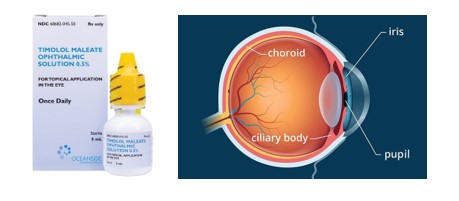A nurse is preparing to administer cephalexin oral suspension to an older adult client who has difficulty swallowing pills. Which of the following actions should the nurse take?
Store the medication at room temperature
Avoid shaking the medication before administration
Check the client for a penicillin allergy
Monitor the client for constipation
The Correct Answer is C
A. Cephalexin oral suspension should typically be stored in the refrigerator to maintain its stability and effectiveness. Storing it at room temperature could affect its potency.
B. Shaking the oral suspension is necessary to ensure the medication is evenly distributed before each dose, providing the client with the correct dosage of active ingredients. Failure to shake the suspension can result in uneven dosing.
C. Cephalexin is a cephalosporin antibiotic, and there is a potential for cross-sensitivity in clients who are allergic to penicillin. Up to 10% of people with a penicillin allergy may also be allergic to cephalosporins. Checking for a penicillin allergy helps prevent an adverse reaction, making it a critical safety measure before administering cephalexin.
D. While some antibiotics can cause gastrointestinal side effects, constipation is not a common adverse effect associated with cephalexin. The nurse should instead monitor for other side effects like diarrhea, which is more typical with antibiotics and can indicate a mild side effect or a more severe condition, such as Clostridioides difficile infection.
Nursing Test Bank
Naxlex Comprehensive Predictor Exams
Related Questions
Correct Answer is D
Explanation
Timolol maleate (Timoptic) is a beta-adrenergic blocking agent that reduces elevated intraocular pressure by decreasing the production of aqueous humour in the ciliary body of the eye.

Correct Answer is C
Explanation
Cefoxitin is a cephalosporin antibiotic and can cause allergic reactions in people who are allergic to penicillin or other beta-lactam antibiotics like amoxicillin. Therefore, a severe allergy to amoxicillin is a contraindication for the client to receive cefoxitin, and the nurse should report this finding to the provider immediately.
A recent history of diarrhea for three days is not a contraindication for cefoxitin administration. However, the nurse should monitor the client for signs of diarrhea and report any worsening symptoms to the provider.
A serum creatinine level of 0.8 mg/dL is within the normal range and is not a contraindication for cefoxitin administration.
A history of phlebitis following an IV infusion of 0.9% sodium chloride with 10 mEq potassium chloride is not a contraindication for cefoxitin administration. However, the nurse should assess the client's veins carefully before administering the medication and choose a different site or route for administration if necessary.

Whether you are a student looking to ace your exams or a practicing nurse seeking to enhance your expertise , our nursing education contents will empower you with the confidence and competence to make a difference in the lives of patients and become a respected leader in the healthcare field.
Visit Naxlex, invest in your future and unlock endless possibilities with our unparalleled nursing education contents today
Report Wrong Answer on the Current Question
Do you disagree with the answer? If yes, what is your expected answer? Explain.
Kindly be descriptive with the issue you are facing.
